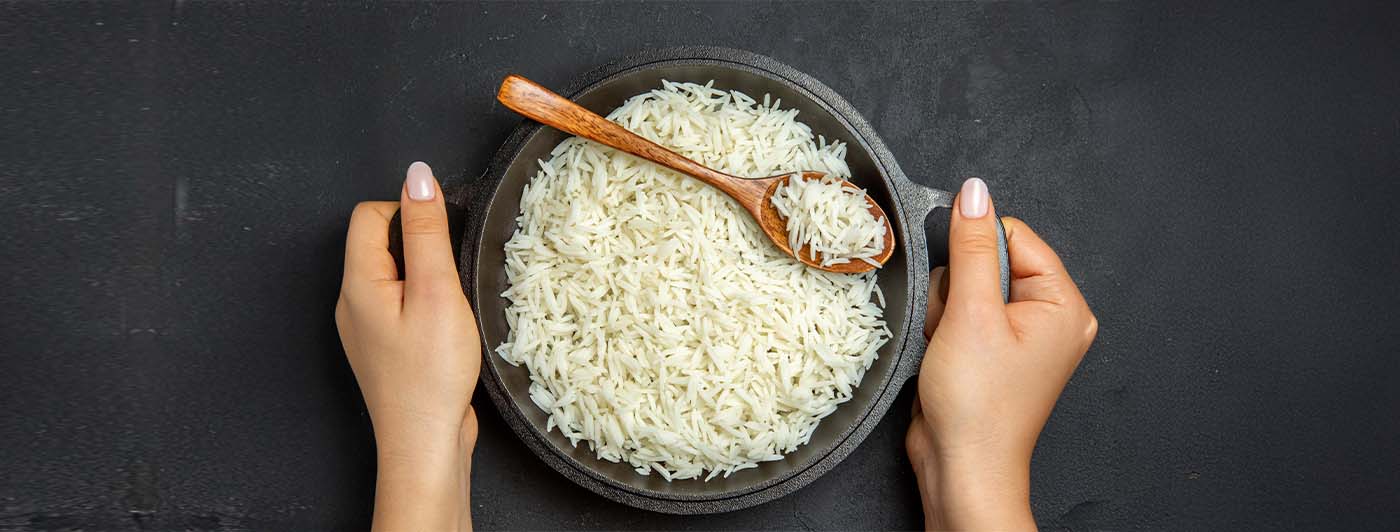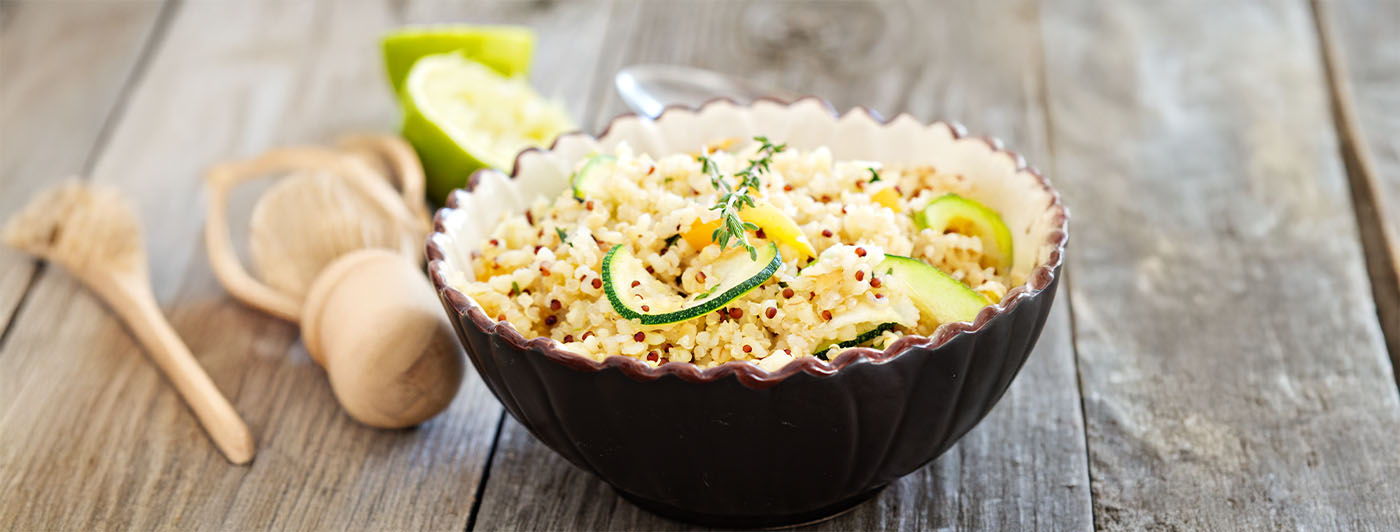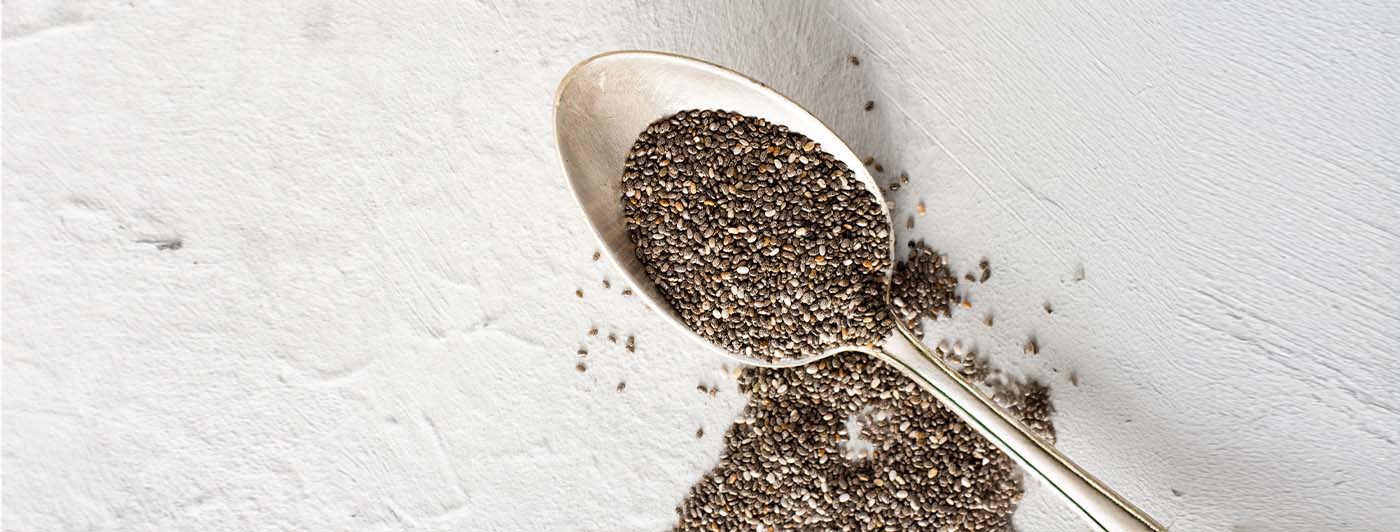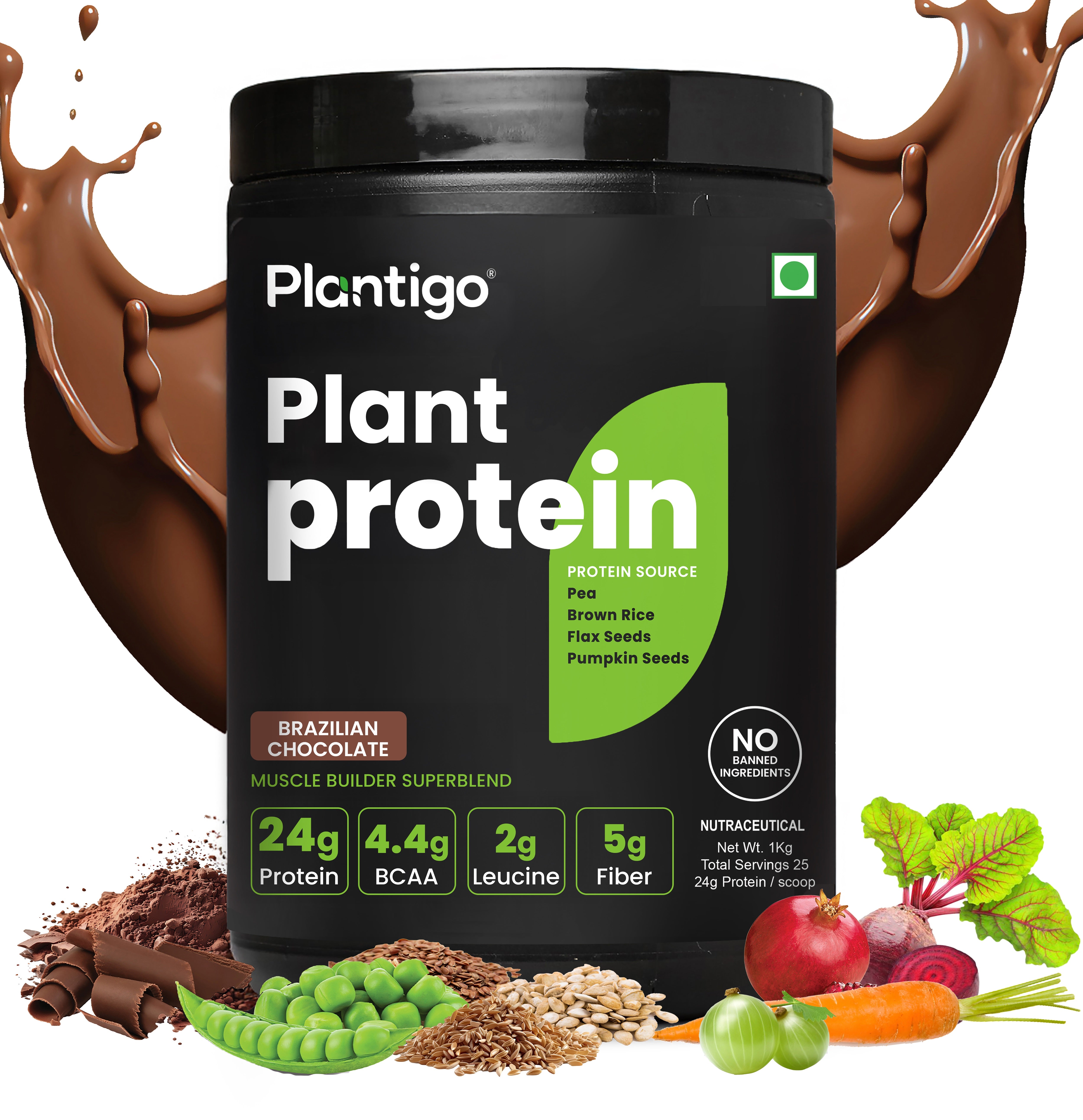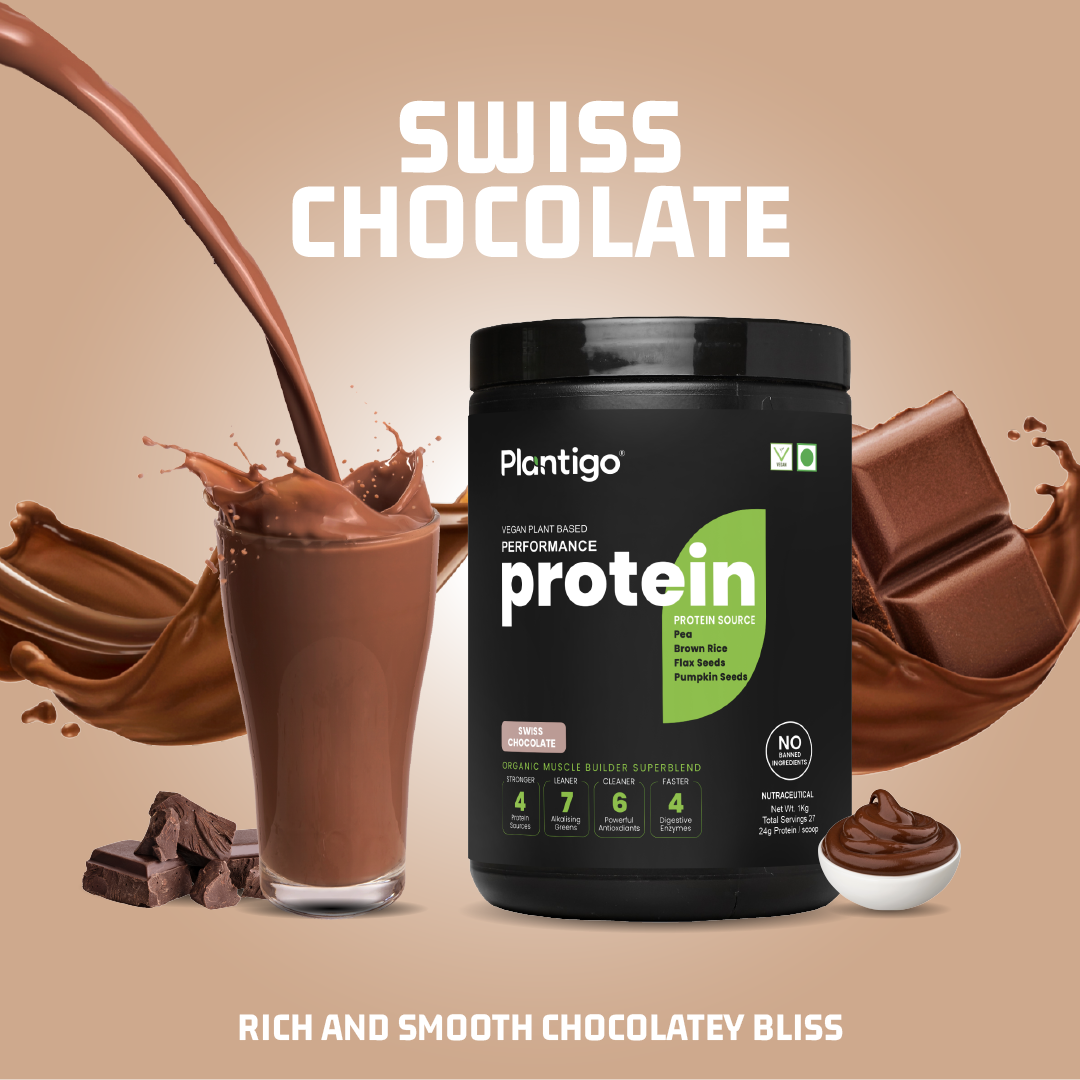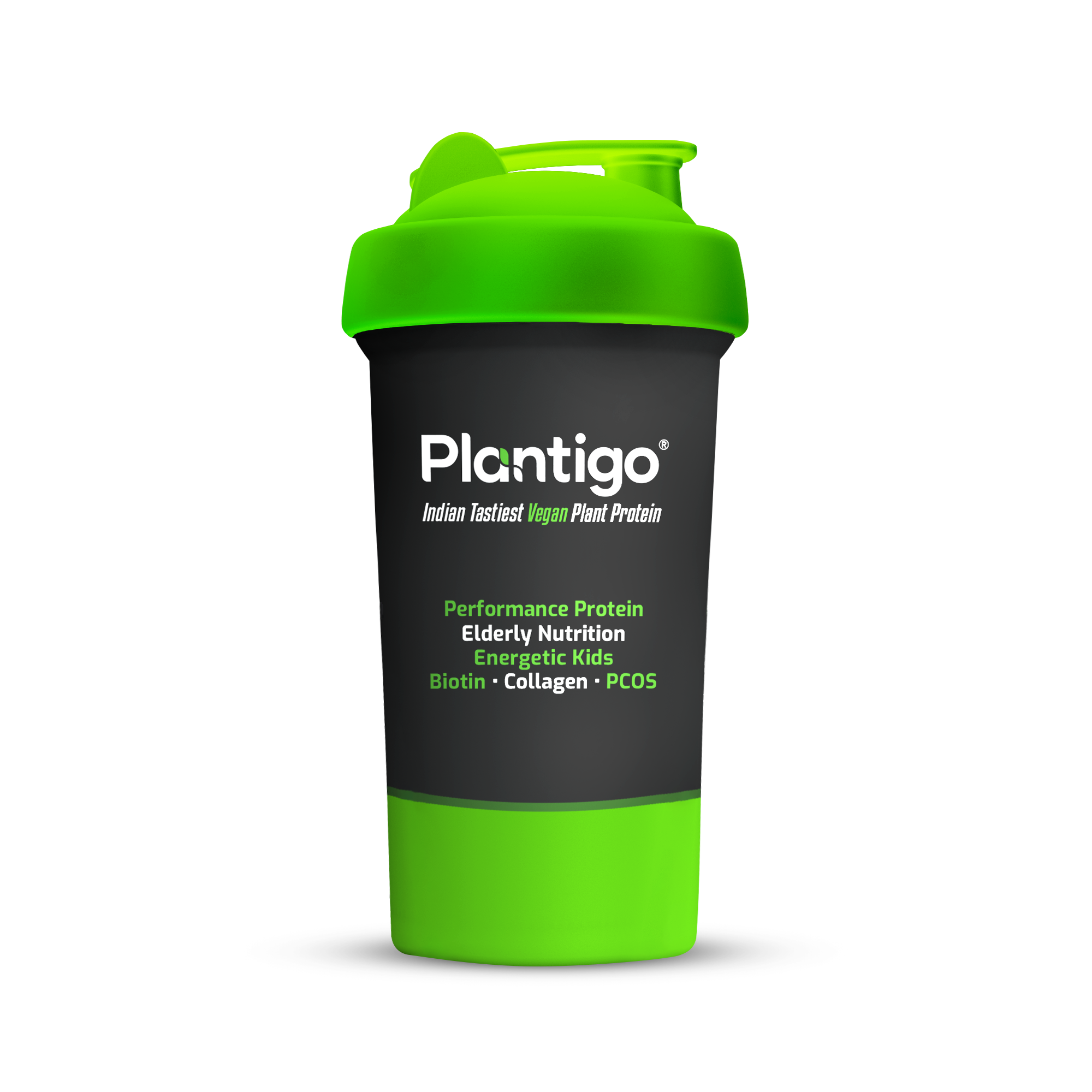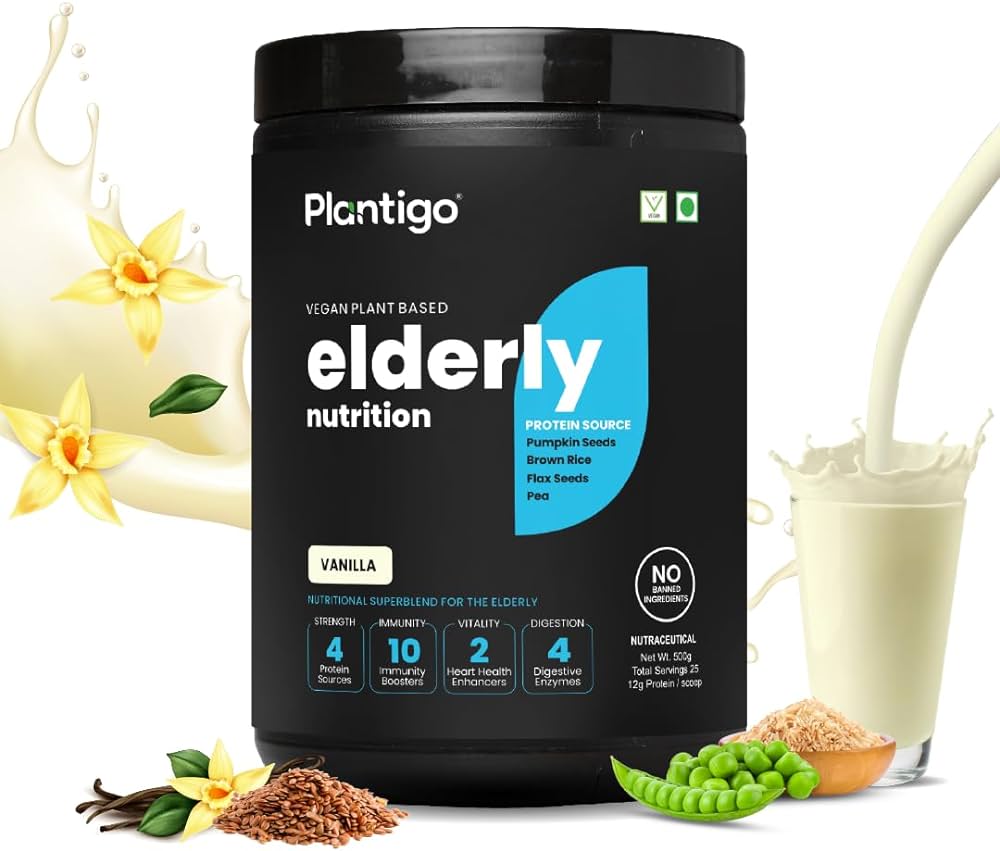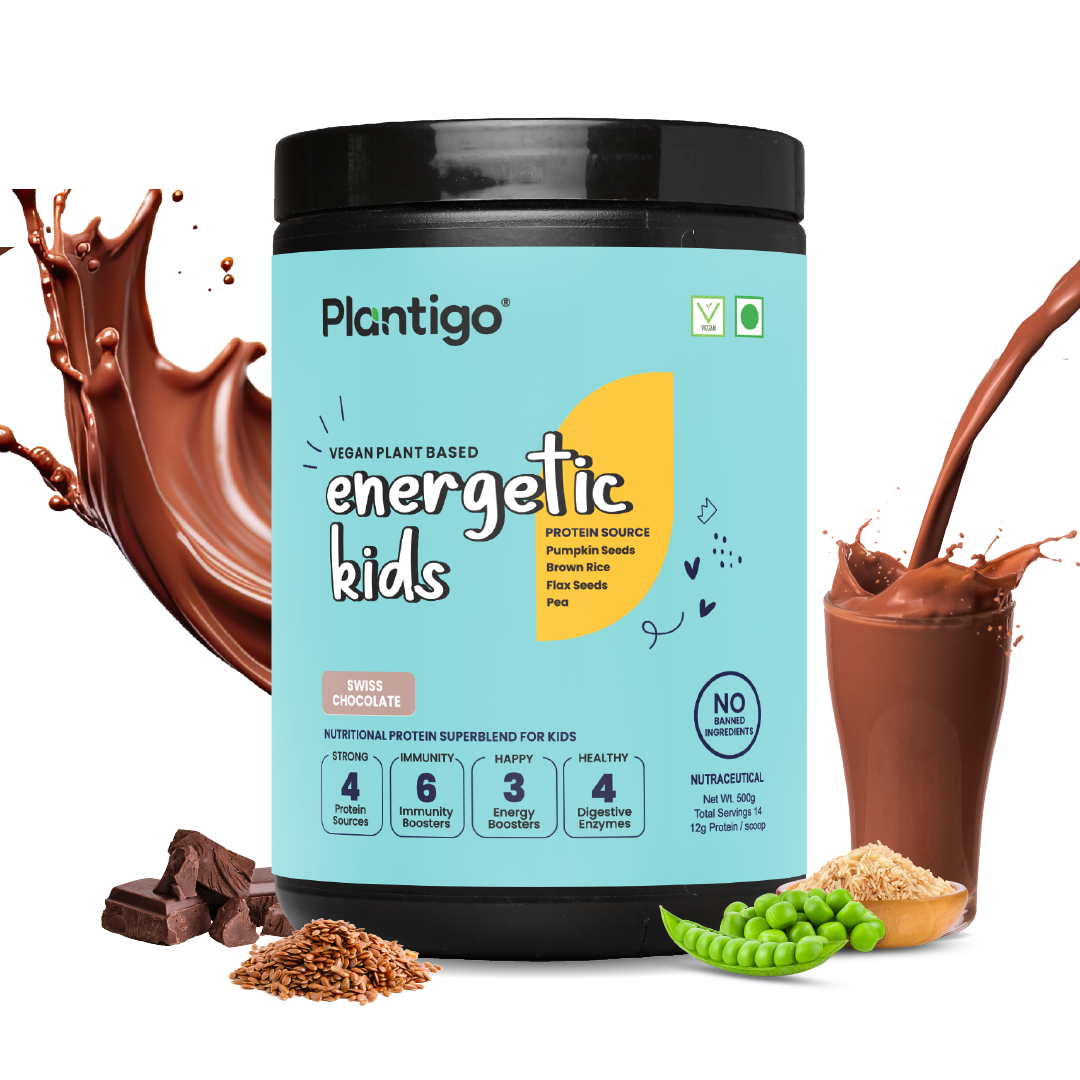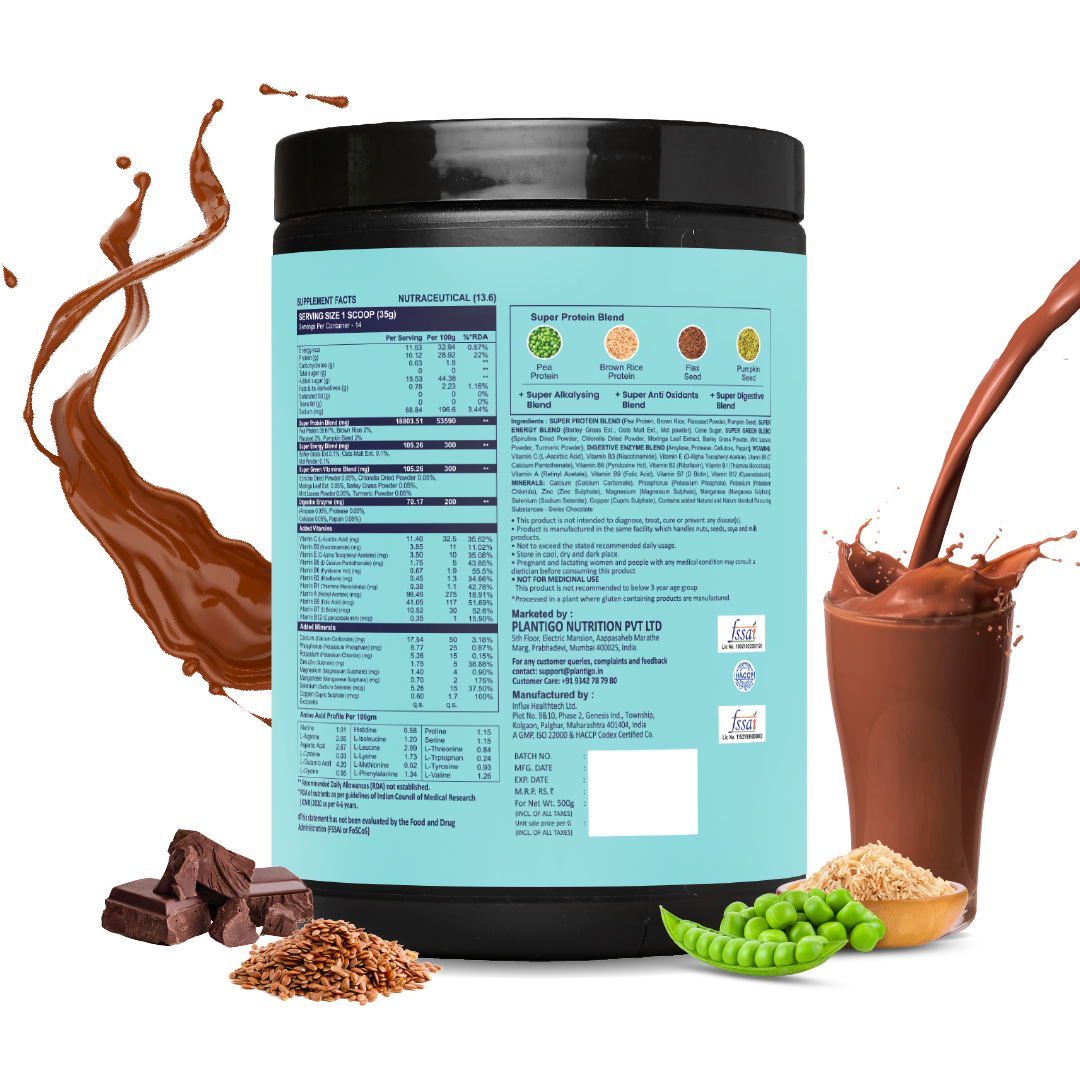Think rice is just a plain carb? Think again.
Behind every serving of rice lies a nutritional story that can surprise even seasoned fitness enthusiasts and health-conscious eaters. From boosting workout recovery to complementing plant protein intake, this humble grain plays a bigger role in your diet than you may have imagined.
Rice is a staple food in households across Asia, Africa, and beyond — but how often do we pause to consider what's really in a simple serving? The calories in 100 gm rice might seem like a straightforward figure, but it comes with fascinating insights about nutrition, weight management, and even fitness routines.
Whether you're someone trying to balance macros, build muscle on a vegetarian diet, or simply eat smarter, understanding rice’s nutritional dynamics is essential.
Let’s uncover five surprising facts about rice that make it far more interesting (and useful) than you thought.
1. Calories in 100 gm Rice Explained
Let’s start with the most direct answer: there are approximately 130 calories in 100 gm rice when cooked (boiled, without oil or seasoning). But what many people don’t realize is that this number refers to cooked rice, which has absorbed water and expanded in volume. The same weight of uncooked white rice contains over 350 calories, which can dramatically alter your calorie calculations if you’re not careful.
Interestingly, how you prepare rice can impact how many of those calories are actually absorbed by the body. According to research, cooked white rice that is cooled for 24 hours at 4°C and then reheated contains significantly more resistant starch (1.65 g per 100 g) compared to freshly cooked rice (0.64 g per 100 g). The same study also reported a lower glycemic response in individuals who consumed the cooled version
Understanding whether you’re tracking raw or cooked rice is critical if you're using a protein intake calculator or planning meals based on calories.
Different types of rice also have slightly different values:
-
White rice (cooked): ~130 calories
-
Brown rice (cooked): ~111 calories
-
Basmati rice (cooked): ~120–125 calories
-
Jasmine rice (cooked): ~129 calories
While the caloric difference might seem small, it adds up when rice is a daily staple.
2. Rice and Protein
Although rice is predominantly known for its carbohydrate content, it does contain a small amount of protein. In 100 gm of cooked white rice, which provides about 130 calories, you also get approximately 2.7 grams of protein. While that may not sound like much, it's quite meaningful when you consider how often rice is consumed in larger portions.
In cuisines where rice is paired with lentils, beans, or vegetables — like protein rich Indian food — it becomes part of a complete protein meal. This is especially useful for vegetarians or those avoiding animal-based products.
When combined with plant protein sources like dal or chickpeas, the calories in 100 gm rice contribute not just energy, but also help complete the amino acid profile needed for muscle repair and maintenance.
Even though rice alone isn’t a complete protein (unlike pea protein powder), it can still play an important role in your daily intake — particularly when paired thoughtfully..
3. How Cooling Rice Reduces Calories
Here's a food science fact that surprises many: cooked rice that's cooled and then reheated has fewer digestible calories than freshly cooked rice. Why? The process of retrogradation transforms some of the starch into resistant starch — a form that your body doesn’t easily digest.
This means the actual calories in 100 gm rice can drop slightly if you follow this method. In essence, you absorb fewer net calories even though the food volume remains the same. Additionally, resistant starch supports gut health by feeding good bacteria, and it may improve insulin sensitivity.
According to a study, individuals with type 1 diabetes who consumed rice that was cooked, cooled for 24 hours at 4°C, and then reheated showed a significantly lower postprandial glycemic response compared to those who ate freshly cooked rice. The cooled rice led to a lower spike in blood sugar and reduced overall glucose exposure — a strong indicator that less starch was digested and absorbed.
This cooling trick can be a game-changer for people who want to enjoy rice without overloading on calories — especially those following a 6 day gym workout schedule where carb timing and load matter.
4. Nutrients in Rice
Rice isn’t just empty calories. While white rice does lose some nutrients during processing, it still contains small amounts of important micronutrients — especially if enriched. And when you consider the calories in 100 gm rice (around 130 kcal, cooked), the nutritional return per calorie is more valuable than most assume.
Here are a few notable micronutrients found in rice:
-
Selenium: Present in trace amounts, placing rice among lesser-known selenium rich foods. Selenium plays a vital role in metabolism and immune function.
-
Magnesium & Manganese: More abundant in brown rice, important for energy production and bone health.
-
B vitamins: Including B1 (thiamin) and B3 (niacin) — essential for energy metabolism.
-
Iron & Folate: Especially in enriched rice varieties.
These nutrients, while not in huge quantities, complement a well-balanced diet and can contribute to better hair and skin health when paired with other keratin rich foods like eggs, nuts, and legumes.
If you’re vegan or vegetarian, pairing rice with vitamin b12 rich dry fruits like dried apricots or figs (often fortified) can further boost the nutritional profile of your meals.
5. Rice in Fitness Diets
Rice gets a bad reputation in many weight-loss circles — unfairly so. For fitness enthusiasts and athletes, rice is a valuable energy source due to its fast-digesting carbohydrates. It replenishes glycogen stores quickly and is easy on the digestive system.
Many meal plans designed for intense workouts include rice as a staple in pre- and post-workout meals. The calories in 100 gm rice help deliver fast fuel, especially when combined with a lean protein like tofu, lentils, or even pumpkin seed protein powder.
This makes rice highly compatible with vegetarian muscle-building routines, especially those using structured plans like a 6 day gym workout schedule.
For those following a clean diet, rice also pairs well with plant based protein powder smoothies and whole food salads that include superfoods like chia seeds for skin, which support hydration and reduce inflammation.
Rice vs. Other Staples: Quick Comparison
Let’s see how rice stacks up against other common carb sources:
|
Food |
Calories (per 100 gm, cooked) |
Protein (gm) |
|
White Rice |
130 |
2.7 |
|
Brown Rice |
111 |
2.6 |
|
Quinoa |
120 |
4.1 |
|
Oats (cooked) |
68 |
2.4 |
|
Boiled Potatoes |
87 |
1.9 |
|
Sweet Potato |
86 |
1.6 |
While rice isn’t the highest in protein, its versatility, digestibility, and cultural fit in Indian and Asian diets make it an enduring favorite — especially when complemented with legumes and other plant protein sources.
Tips to Eat Rice Smarter
If you’re including rice in your daily meals, here’s how to make it work smarter for your health and fitness:

-
Use a protein intake calculator to plan your macros better.
-
Choose brown rice or parboiled rice for added fiber and nutrients.
-
Cool and reheat rice to reduce digestible calories.
-
Pair rice with dal or chickpeas for a complete amino acid profile.
-
Add superfoods like chia, pumpkin seeds, or microgreens to rice bowls.
-
Monitor portion sizes — 1 cup of cooked rice (approx. 200 gm) is standard for most adults.
-
Use fortified sides — like vitamin b12 rich dry fruits or fermented foods — to round out your meals.
Final Thoughts
So, is rice just empty calories? Not at all.
The calories in 100 gm rice offer more than just energy — they deliver versatility. Whether you're into fitness, weight management, or following a plant-based lifestyle, rice can fit in smartly when paired right.
Simple changes like cooling cooked rice or combining it with nutrient-rich foods — including Plantigo’s plant protein — can turn this staple into a powerful ally for better health. It supports everything from keratin production to selenium intake, especially in meals like protein rich Indian food.
So next time you serve rice, think beyond the carbs.
Think performance. Think balance. Think plant-powered.
Frequently Asked Questions
1. How many calories are there in 100 gm of cooked white rice?
There are approximately 130 calories in 100 gm of cooked white rice. This can vary slightly depending on the variety and cooking method.
2. Is rice good for weight loss?
Yes, rice can be part of a weight-loss diet when eaten in moderation. Choosing brown or parboiled rice, watching portion sizes, and pairing it with high-fiber and protein-rich foods can help keep you full without excess calories.
3. Does rice contain protein?
Yes. Cooked white rice provides about 2.7 grams of protein per 100 gm. While it’s not a complete protein on its own, it works well when combined with other plant-based protein sources like lentils or legumes.
4. Which type of rice is the healthiest?
Brown rice is often considered the healthiest due to its higher fiber, magnesium, and antioxidant content. Parboiled rice is another good option for better nutrient retention.
5. Can vegetarians eat rice for protein?
Absolutely. Rice can be part of a high-protein vegetarian diet when paired with foods like chickpeas, lentils, tofu, or other plant protein sources to form a complete amino acid profile.

